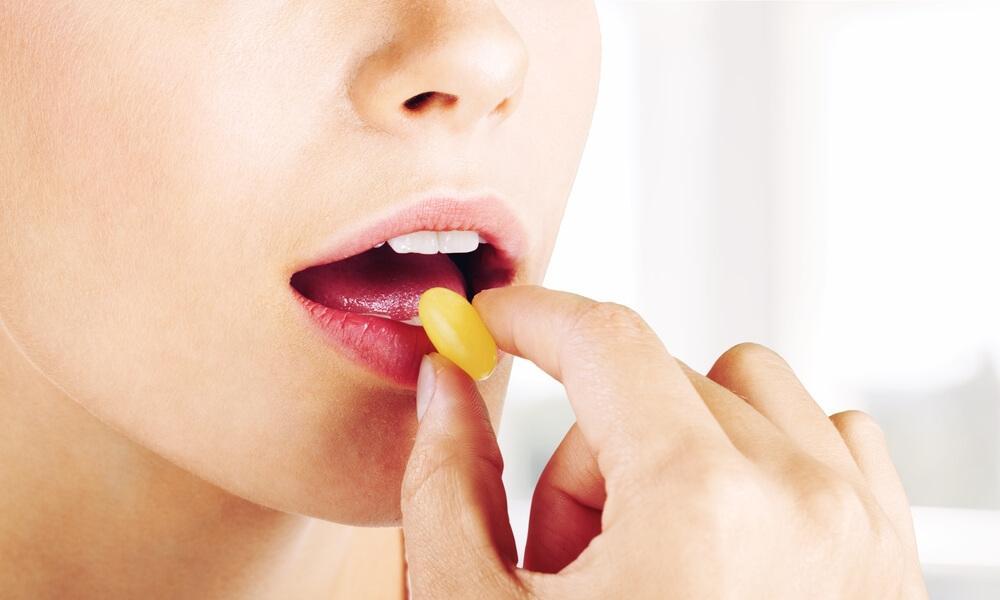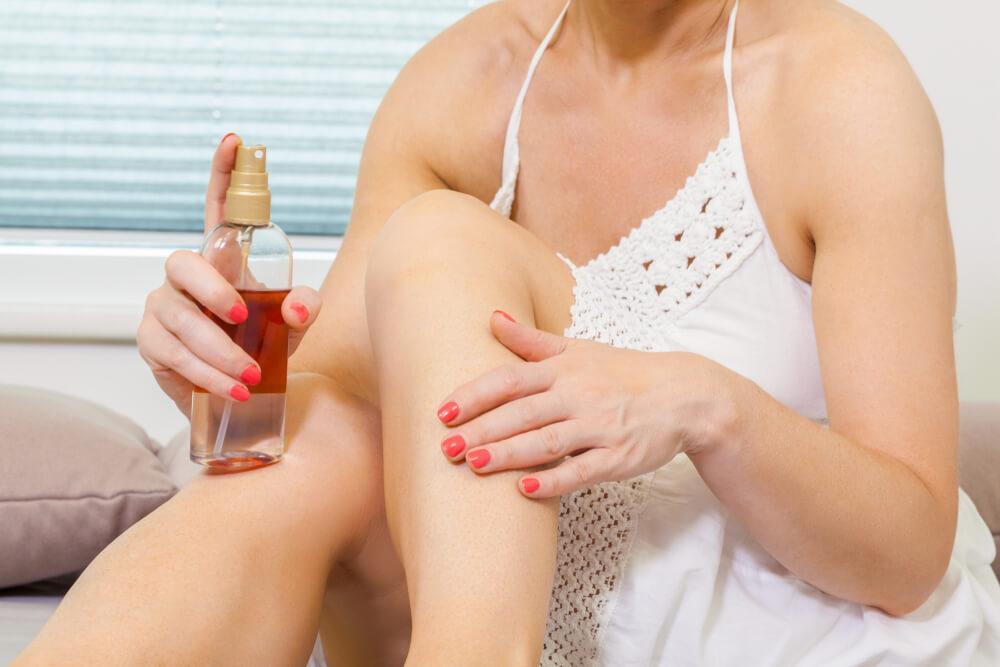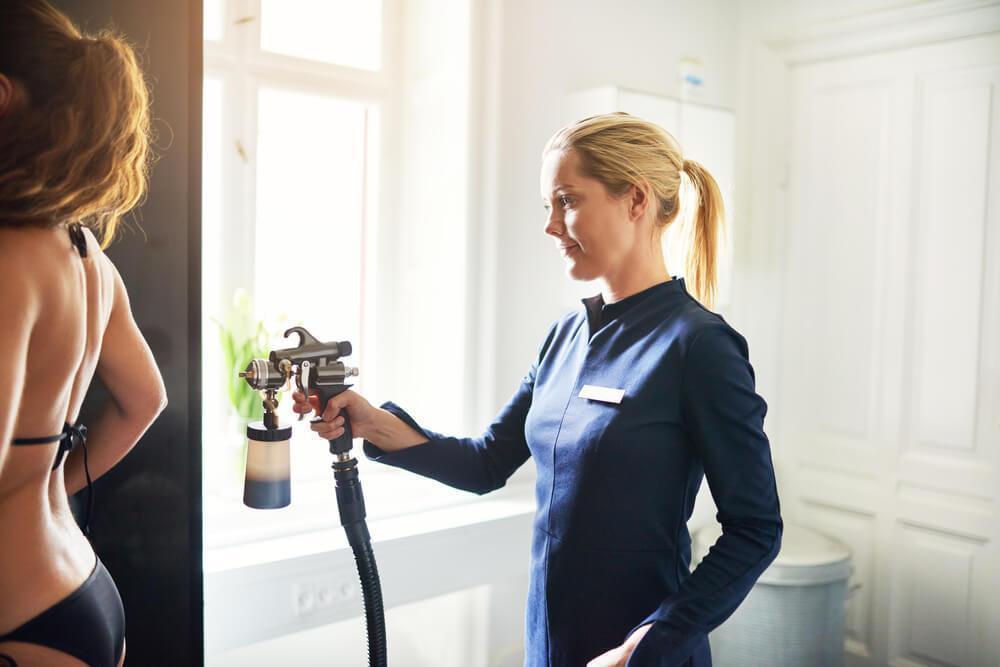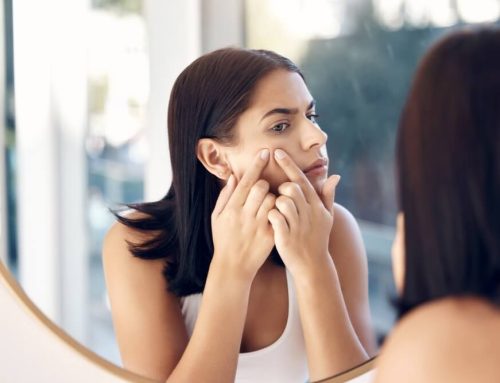Once upon a time, sitting in the sun, slathered with oil for hours on end, was how many of us achieved that coveted bronze glow. Years down the line, extensive research has thankfully shown us the very real damage that this can cause to our skin, and, for the most part, we now know how to protect ourselves from excessive and unnecessary sun damage.
That being said, so many of us still crave a suntan. Preferably, one that can be achieved without the accompanying health disadvantages. Naturally, self-tanner is the safer option, but just how safe are these products we’re repeatedly applying to our skin?
Don’t worry, we’re about to answer every burning question you have about self-tanner, address any potential risks and explain how you can select the right one for you!
What Types Of Self Tanner Are Available To Me?
Spray tans can be a little pricey, so it’s no wonder so many of us turn to an at-home alternative when we want to achieve a bronzed glow. Now, you may be willing to wait a day or so for your tan to develop, or you may need to achieve one instantly. Either way, there’s plenty of products available.
Gradual Self Tanner
A gradual self-tanner will usually offer a longer-lasting effect. The only downside is, of course, the wait time and the possibility of uneven coverage. Every one of us knows the frustration of waking up in the morning only to find we’ve totally missed an area of skin, or created streaky lines up and down our calves! (Using a special tanning mitt and getting a fair amount of practice in with your chosen product should ensure even color, however!)
If you’re hoping for an all-over tan you can maintain and build up over time, a gradual self-tanner is probably the best option for you.
Instant Self Tanner
In the instance that you need something a little more instantaneous, you can reach for one of the many instant self-tanners available. Though the effect may not last as long as a slow-developing product, you will be able to see the color much quicker, usually within 1-3 hours. This makes it easier to avoid any unwanted streaks or untouched areas. You’ll also have the option to build up your new bronzed look much faster, which can be a huge benefit when you’re strapped for time. Instant self-tanners aren’t recommended for prolonged self-tanning as frequently re-applying can often make them patchy and uneven.
Self Tanning Pills
To date, there are no self-tanning pills on the market that are approved by the FDA. Tanning pills are known to contain an ingredient called canthaxanthin, in doses large enough to become incredibly dangerous when ingested. Though this chemical has been approved for use within food coloring, tanning pills containing this chemical can cause problems such as visual abnormalities and even liver damage.
The FDA explains: “So-called tanning pills are promoted for tinting the skin by ingesting massive doses of color additives, usually canthaxanthin. When taken at these large doses – many times greater than the amount normally ingested in food – this substance is deposited in various parts of the body, including the skin, where it imparts a color. The color varies with each individual, ranging from orange to brownish. This coloration is not the result of an increase in the skin’s supply of melanin, the substance produced naturally in the skin to help protect it against UV radiation.”
How Does Self Tanner Work?
Depending on whether you go for an instant or a gradual self-tanner, the process is slightly different in terms of development time.
The ingredient present in the majority of products is dihydroxyacetone, more commonly known as DHA. Once your self-tan has been applied, whether as a lotion or spray, this ingredient begins to react with the outermost skin cells present on the surface of your skin. The active DHA ingredient then combines with your skin’s amino acids to temporarily darken your complexion, mimicking a darker, sun-kissed look overall. This is, of course, a temporary measure, and, as your body starts to naturally shed dead skin cells over time, this tanned appearance will gradually fade until it’s gone altogether.
Selftanning.com breaks down how much DHA is safe to use and how much we can expect to find in our store-bought self-tanning products…
“There are different percentages of DHA in the product for different skin types:
5-8% – skin types I and II (white and very white)
10% – skin types III and IV (European skin)
12% – skin type V (everyone else)
The maximum amount of DHA percentage that a person should be exposed with is 11-13% as the pores will only absorb so much DHA – the rest will wash off.”
Is DHA Harmful?
DHA has been approved by the FDA for use in self-tanning products. It also is used in such a low quantity that it would be unable to penetrate the layers of skin beneath the dead skin cells located on the surface of the skin.
Understandably, many people have concerns when introducing unknown chemicals into their beauty routine. This is especially true when you’re likely to be using a product on repeat and putting in direct contact with the skin all over your body. However, research shows that we have little to no need to worry about the quantities of DHA in our favorite self-tanners.
If I’m Still Unsure, Can I Buy Self Tanners Without DHA?
Yes! There are self-tanning products available that do not contain DHA. Therefore, if you are allergic, or you just don’t want to apply it, you can opt for one of these instead. Unfortunately, these products are not quite so easy to find, and you may need to do a little store hunting or internet shopping to get your hands on them. The good news is, it’s totally possible to do so and still acquire the sun-kissed glow you’ve been dreaming of.
Wondering how you’ll know the difference?
That’s an easy one!
Instead of choosing a self-tanner that contains DHA, look instead for those that contain the ingredient erythrulose. Many prefer this type of self-tanner as the absence of DHA is kinder on their skin, is much less likely to cause streaks and holds a much less potent scent.
Hold on, then why isn’t everyone switching the DHA free self-tanners?
Here’s why…
Aside from the fact that these products are a little trickier to find, the main difference between DHA and DHA free self-tanners is the time they take to develop. Whilst your run-of-the-mill tan in a bottle will usually take between 1-12 hours to develop fully, erythrulose based formulas are likely to take around 24 hours. If you’re looking for fast results therefore, DHA free might not be what you’re hoping for. If, however, you’re prepared to wait for up to three days for the best, streak-free results possible, with little to no biscuit-y scent, then we highly recommend it!
Is Self Tanner With DHA Safe To Use During Pregnancy?
Though we can’t deny how good it feels to have the sun on our faces, especially if we’re feeling a little sluggish during pregnancy, we all know that exposure to UV rays is damaging to our skin in both the short and long term. You might then wish to turn your attention to a safer alternative like self-tanner to give you a little lift during your pregnancy but are worried about the effects it may have.
As with all things during pregnancy, it is always best to exercise caution. Though self-tanners are a product that are FDA approved and generally safe to use, during pregnancy it is not uncommon for our bodies to react differently to certain chemicals, and even to products, we’ve been using successfully for years! It is generally advised to avoid unnecessary usage of cosmetics such as self-tanners during pregnancy, to avoid any possible adverse reactions.
Additionally, it is strongly advised to avoid spray tans during pregnancy too, not only for the possibility of skin reactions but also for the fact that you may unknowingly inhale the product during the application process.
Will My Self Tanner Protect Me From Sun Damage?
Unfortunately not. The majority of self-tanners do not contain SPF. Therefore they provide zero protection when it comes to safely shielding your skin from the sun’s harmful rays. If you were hoping to use your self-tanner, however, and also know you’ll be spending time in the sunshine, it is possible to find tinted moisturizers that contain both self-tanning ingredients as well as a certain amount of SPF.
How About Spray Tans, Are They Safe?
If you’re looking for a tanning option that can be carried out professionally, we don’t blame you! We have all fallen victim to a patchy self-tan before! Especially when you’ve used a slow-developing product, it can take a long time to develop and even longer to rectify the results!
Spray tans, therefore, are the ideal option for many of us. You can choose the shade you’d like and a professional will apply it for you without the risk of you transferring the product to your favorite dress or your cream carpets! Additionally, you can choose to visit a salon for this treatment or, conveniently, many even offer home visits where they will bring a popup tanning booth with them to protect your living space.
So, this, of course, sounds like a great option for tanning sans UV rays but, are spray tans as safe as your at-home self-tanning products?
Yes! The active ingredient in the mist sprayed onto your skin during a spray tan is the same as your at-home alternative, DHA.
How Can I Make Spray Tans And Self Tanners Safer?
If you’d rather avoid these products altogether, there is still another way to achieve a sun-kissed tan…
Instead of sprays, creams or body lotions, opt for a bronzing powder instead. There are so many different options out there these days when it comes to powdered bronzing products. Yes, they may not be long-lasting and there’s always the issue of the product transferring on to your clothes, however, we still think this is a great and worthwhile option. Not only can you access your tan instantly, but you can also now find products designed to bronze both your face and body. It’s also great to have the option to wash your tan away immediately if you’re only looking for something temporary!










Leave A Comment